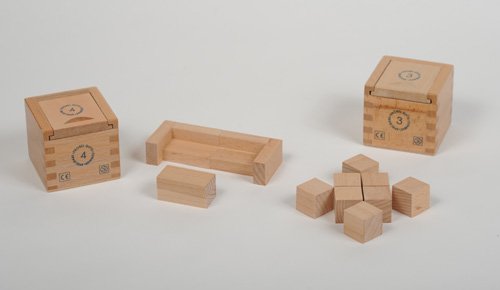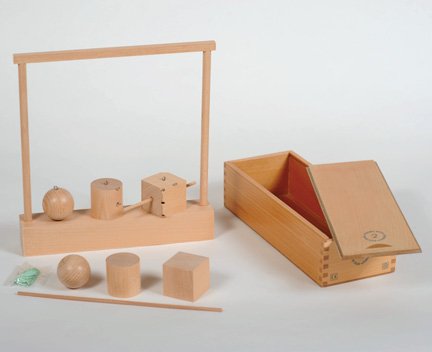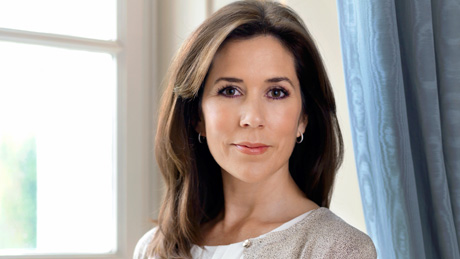
HRH The Crown Princess becomes the patron of the jubilee celebration “School for 200 Years”
“For me, the school has an entirely special status. It is here we make the first friendships, we acquire specialized information and knowledge so we can pursue our dreams later in life. It is also in the school that the children can develop a strong feeling of community and become more able to cooperate. With school, a world of possibilities opens up. I am pleased to participate in the festivities and meet lots of engaged and creative children and adults.”
In 2014, Denmark celebrates the 200 year-old right and duty of Danish children to receive education. The Crown Princess, in her role as patron, will mark the jubilee of the schools’ 200th birthday in 2014. With the anniversary, the introduction of compulsory education for Danish schoolchildren will be celebrated with a number of national and local events and projects for children and adults. These projects count, among others, 40 large projects, including Lærer for Livet (Teacher for Life), which conveys the development of the teaching role over 200 years. In the course of the jubilee year, exhibitions, school theatre productions and nationwide school dances will take place.
Patron of “School for 200 years” – The Danish Monarchy.
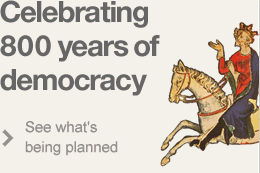
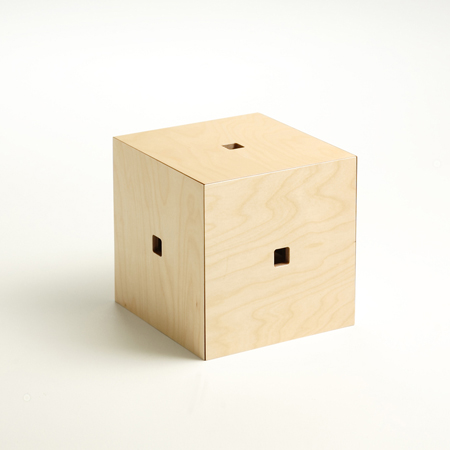
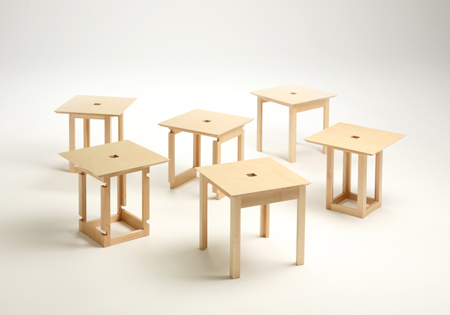
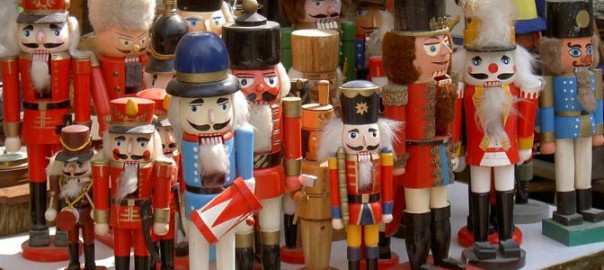
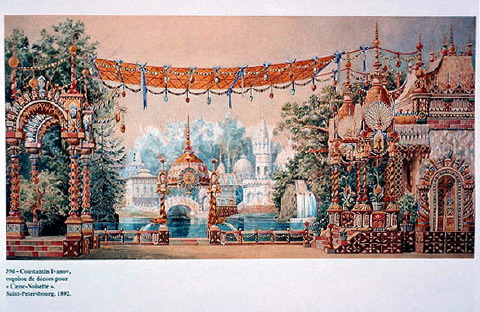
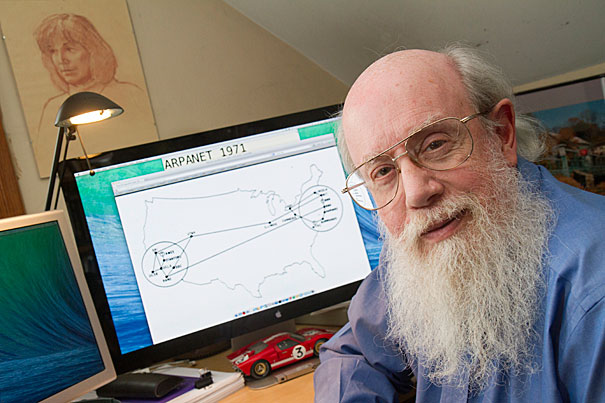
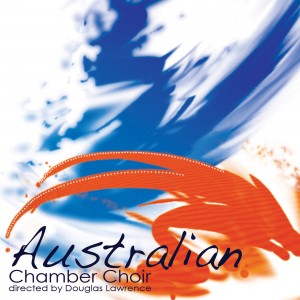
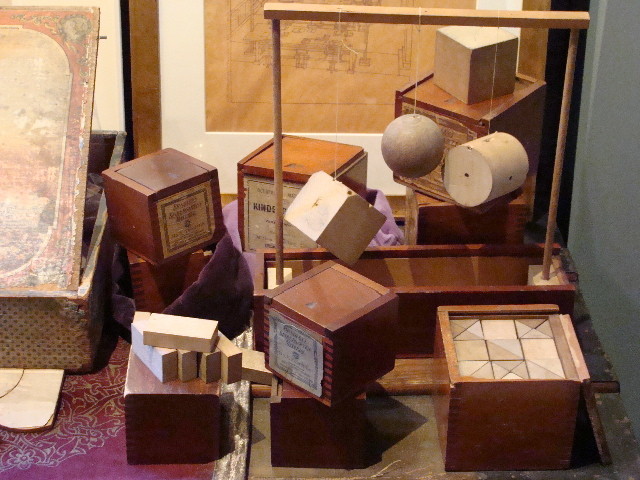
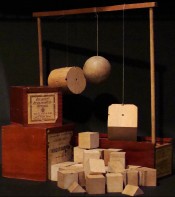 Milton Bradley Company
Milton Bradley Company


